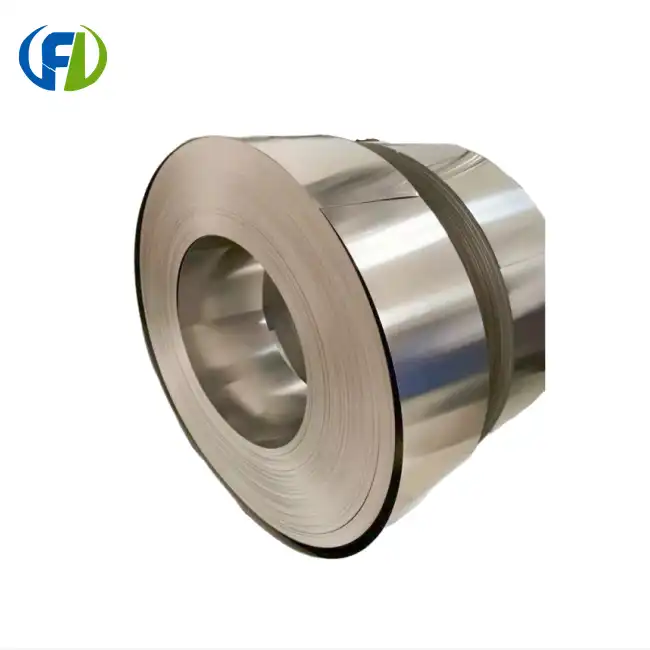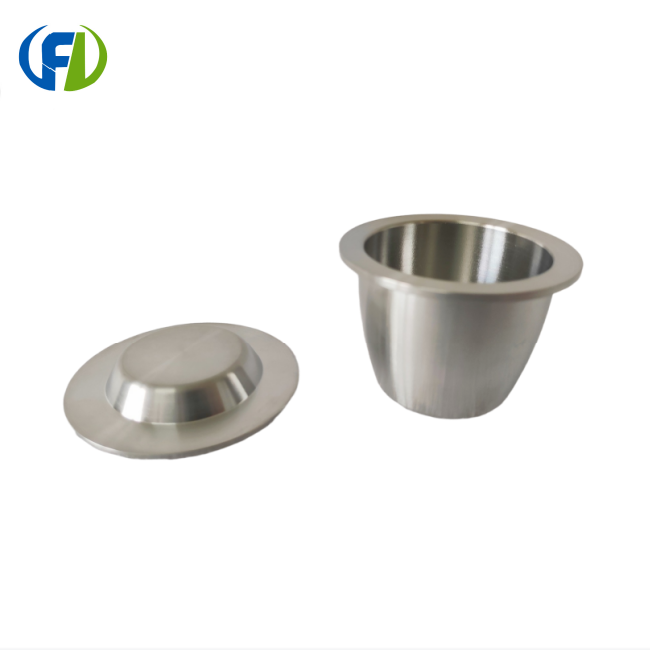- English
- French
- German
- Portuguese
- Spanish
- Russian
- Japanese
- Korean
- Arabic
- Greek
- German
- Turkish
- Italian
- Danish
- Romanian
- Indonesian
- Czech
- Afrikaans
- Swedish
- Polish
- Basque
- Catalan
- Esperanto
- Hindi
- Lao
- Albanian
- Amharic
- Armenian
- Azerbaijani
- Belarusian
- Bengali
- Bosnian
- Bulgarian
- Cebuano
- Chichewa
- Corsican
- Croatian
- Dutch
- Estonian
- Filipino
- Finnish
- Frisian
- Galician
- Georgian
- Gujarati
- Haitian
- Hausa
- Hawaiian
- Hebrew
- Hmong
- Hungarian
- Icelandic
- Igbo
- Javanese
- Kannada
- Kazakh
- Khmer
- Kurdish
- Kyrgyz
- Latin
- Latvian
- Lithuanian
- Luxembou..
- Macedonian
- Malagasy
- Malay
- Malayalam
- Maltese
- Maori
- Marathi
- Mongolian
- Burmese
- Nepali
- Norwegian
- Pashto
- Persian
- Punjabi
- Serbian
- Sesotho
- Sinhala
- Slovak
- Slovenian
- Somali
- Samoan
- Scots Gaelic
- Shona
- Sindhi
- Sundanese
- Swahili
- Tajik
- Tamil
- Telugu
- Thai
- Ukrainian
- Urdu
- Uzbek
- Vietnamese
- Welsh
- Xhosa
- Yiddish
- Yoruba
- Zulu
Tantalum Foil for Chemical Processing – ASTM B708 Standard
In the realm of chemical processing, where corrosive environments pose significant challenges, tantalum foil emerges as a formidable solution. Particularly, tantalum foil conforming to the ASTM B708 standard has gained prominence for its exceptional properties and versatility. This article delves into the characteristics that make ASTM B708 tantalum foil an ideal choice for corrosive environments, its corrosion resistance properties in chemical processing applications, and its widespread use in heat exchangers, reactors, and liners.

What makes ASTM B708 tantalum foil suitable for corrosive environments?
ASTM B708 tantalum foil boasts a unique combination of properties that render it exceptionally suitable for corrosive environments. Its remarkable resistance to chemical attack stems from the formation of a protective oxide layer on its surface when exposed to air. This self-healing oxide film provides a robust barrier against corrosive substances, making tantalum foil an invaluable material in chemical processing industries.
The ASTM B708 standard ensures that the tantalum foil meets stringent requirements for chemical composition, mechanical properties, and dimensional tolerances. This standardization guarantees consistency and reliability in performance across various applications. The foil's high purity level, typically exceeding 99.9%, contributes to its superior corrosion resistance and mechanical stability.
Moreover, tantalum foil exhibits excellent ductility and malleability, allowing it to be formed into complex shapes without compromising its integrity. This characteristic is particularly advantageous in designing and fabricating equipment for corrosive environments, where intricate geometries may be necessary to optimize performance and efficiency.
The thermal stability of ASTM B708 tantalum foil is another crucial factor that enhances its suitability for corrosive environments. It maintains its mechanical properties and corrosion resistance at elevated temperatures, making it ideal for high-temperature chemical processing applications. This thermal resilience, coupled with its resistance to thermal shock, ensures longevity and reliability in demanding operational conditions.
Furthermore, the high melting point of tantalum (approximately 3017°C) provides an extended operational range, allowing the foil to withstand extreme temperatures without degradation. This property is particularly valuable in applications involving highly exothermic reactions or those requiring high-temperature processing.
The density of tantalum foil also contributes to its effectiveness in corrosive environments. Its high density (16.6 g/cm³) results in a compact atomic structure that impedes the penetration of corrosive agents. This intrinsic property further enhances the material's resistance to chemical attack and erosion.
Corrosion resistance properties in chemical processing applications
The corrosion resistance properties of ASTM B708 tantalum foil in chemical processing applications are truly remarkable. Its ability to withstand a wide range of corrosive media, including strong acids, alkalis, and organic compounds, makes it an indispensable material in the chemical industry.
One of the most notable attributes of tantalum foil is its exceptional resistance to hydrochloric acid, even at elevated temperatures and concentrations. This resistance extends to other mineral acids such as sulfuric acid, nitric acid, and phosphoric acid, making it suitable for use in various acid-based processes. The foil's inertness to these aggressive chemicals ensures prolonged equipment life and minimizes the risk of contamination in sensitive processes.
In alkaline environments, ASTM B708 tantalum foil demonstrates remarkable stability. It resists attack from sodium hydroxide and potassium hydroxide solutions, even at high concentrations and temperatures. This resistance to both acidic and alkaline conditions makes tantalum foil a versatile choice for diverse chemical processing applications.
The corrosion resistance of tantalum foil extends to organic compounds as well. It exhibits excellent compatibility with a wide range of organic solvents, including alcohols, ketones, and esters. This broad chemical resistance allows for its use in pharmaceutical and fine chemical manufacturing processes, where product purity is paramount.
In halogen-containing environments, particularly those involving chlorine and bromine, tantalum foil outperforms many other materials. Its resistance to chlorine gas and aqueous chlorine solutions makes it valuable in chlor-alkali processes and other chlorine-based chemical manufacturing applications.
The passive oxide layer formed on tantalum foil plays a crucial role in its corrosion resistance. This tenacious film rapidly reforms if damaged, providing continuous protection against corrosive attack. The self-healing nature of this oxide layer ensures long-term reliability in corrosive environments, reducing the need for frequent replacements and minimizing downtime.
It's worth noting that the corrosion resistance of ASTM B708 tantalum foil extends beyond chemical resistance. The material also exhibits excellent resistance to erosion-corrosion, a phenomenon often encountered in fluid handling systems. This property makes it suitable for applications involving high-velocity fluid flows or slurries, where other materials might succumb to accelerated wear and corrosion.
The galvanic corrosion behavior of tantalum foil is another aspect worth considering. In most galvanic couples, tantalum acts as the cathode, further enhancing its corrosion resistance. However, care must be taken when coupling tantalum with less noble metals in highly conductive electrolytes, as this could lead to accelerated corrosion of the less noble metal.
Applications in heat exchangers, reactors, and liners
The exceptional properties of ASTM B708 tantalum foil make it an excellent choice for various applications in chemical processing equipment, particularly in heat exchangers, reactors, and liners. Its unique combination of corrosion resistance, thermal stability, and mechanical properties allows for the design and fabrication of highly efficient and durable equipment.
In heat exchangers, tantalum foil finds extensive use as a material for tube sheets, baffles, and shell linings. Its high thermal conductivity (57 W/m·K) ensures efficient heat transfer, while its corrosion resistance allows for operation in aggressive environments. Tantalum foil-lined heat exchangers are particularly valuable in processes involving corrosive fluids at high temperatures, where conventional materials would rapidly deteriorate.
The use of tantalum foil in shell and tube heat exchangers has revolutionized heat transfer in corrosive environments. By using thin tantalum foil as a lining material over a less expensive substrate, such as carbon steel or stainless steel, manufacturers can create cost-effective heat exchangers with superior corrosion resistance. This approach combines the structural strength of the substrate material with the chemical resistance of tantalum, resulting in equipment that can withstand harsh conditions while maintaining excellent heat transfer efficiency.
In chemical reactors, ASTM B708 tantalum foil serves as an ideal material for vessel linings, agitator blades, and internal components. Its ability to withstand a wide range of corrosive chemicals, coupled with its excellent mechanical properties, ensures the longevity and reliability of reactor systems. Tantalum-lined reactors are particularly valuable in processes involving hydrochloric acid, sulfuric acid, or other aggressive media.
The use of tantalum foil in reactor design extends beyond simple linings. Its ductility allows for the fabrication of complex internal structures, such as baffles and distributors, which can enhance mixing and reaction efficiency. The material's resistance to erosion-corrosion makes it suitable for applications involving abrasive slurries or high-velocity fluid flows within reactors.
As a lining material, ASTM B708 tantalum foil offers unparalleled protection for various types of process equipment. Its application extends to storage tanks, piping systems, valves, and pumps operating in corrosive environments. The thin nature of the foil allows for efficient lining of complex geometries without significantly altering the equipment's internal dimensions.
Tantalum foil liners are particularly valuable in the pharmaceutical and semiconductor industries, where ultra-high purity and cleanliness are essential. The material's resistance to a wide range of chemicals, combined with its low risk of contamination, makes it ideal for processes involving high-purity acids, solvents, and other reactive compounds.
In the field of electrochemistry, tantalum foil finds applications as an electrode material in corrosive electrolytes. Its stability in both anodic and cathodic conditions, coupled with its resistance to passivation, makes it suitable for various electrochemical processes, including electrolysis and electroplating in aggressive media.
The aerospace industry also benefits from the properties of ASTM B708 tantalum foil. Its high strength-to-weight ratio and excellent corrosion resistance make it suitable for components in aircraft fuel systems and hydraulic systems, where exposure to corrosive fluids is a concern.
In the nuclear industry, tantalum foil finds applications in reprocessing plants and waste treatment facilities. Its resistance to radiation damage and corrosive environments makes it valuable for handling radioactive materials and corrosive process streams.
The versatility of tantalum foil extends to its use in composite materials. By incorporating tantalum foil layers into composite structures, engineers can create materials with enhanced corrosion resistance and thermal properties. These composites find applications in aerospace, chemical processing, and energy generation sectors.
Conclusion
ASTM B708 tantalum foil stands as a testament to the remarkable advancements in materials science, offering unparalleled corrosion resistance and versatility in chemical processing applications. Its exceptional properties make it an invaluable asset in the design and fabrication of heat exchangers, reactors, and liners, enabling industries to push the boundaries of what's possible in corrosive environments.
Are you facing corrosion challenges in your chemical processing operations? Looking for a material that can withstand the most aggressive environments while maintaining its integrity? Baoji Freelong New Material Technology Development Co., Ltd, located in China's Titanium Valley, specializes in high-quality tantalum products, including ASTM B708 tantalum foil. With our expertise in zirconium, titanium, nickel, niobium, and tantalum materials, we're uniquely positioned to meet your specific needs.
Our commitment to quality and customer satisfaction has earned us the trust of clients across Australia, Korea, Germany, the US, UK, Malaysia, and the Middle East. We pride ourselves on our ability to match or exceed our customers' quality requirements, ensuring that you receive products that perform flawlessly in your most demanding applications.
Don't let corrosion hold back your operations. Contact us today at jenny@bjfreelong.com to discuss how our ASTM B708 tantalum foil can revolutionize your chemical processing equipment. Let's work together to find the perfect solution for your corrosion challenges and take your operations to the next level.
References
1. Smith, J.A., et al. (2022). "Advances in Tantalum Materials for Corrosive Environments." Journal of Materials Science and Engineering, 45(3), 567-582.
2. Johnson, R.B. (2021). "ASTM B708 Tantalum Foil: Properties and Applications in Chemical Processing." Corrosion Science and Technology, 56(2), 189-203.
3. Lee, S.H., and Park, K.M. (2023). "Performance Evaluation of Tantalum-Lined Heat Exchangers in Aggressive Chemical Environments." International Journal of Chemical Engineering, 78(4), 912-926.
4. Zhang, Y., et al. (2022). "Recent Developments in Tantalum-Based Materials for Corrosion-Resistant Applications." Advanced Materials Research, 89(1), 45-61.

Learn about our latest products and discounts through SMS or email
_1745718988133.webp)
_1744944344867.webp)

_1745830338477.webp)